Iowa’s famous covered bridges attract thousands of tourists every year, but not all visitors respect these historic treasures.
From vandalism and graffiti to illegal parking and trespassing, some tourists break laws that put these 130-year-old structures at risk.
Understanding these violations helps protect these beautiful landmarks for future generations while keeping everyone safe and respectful during their visit.
1. Arson and Complete Destruction
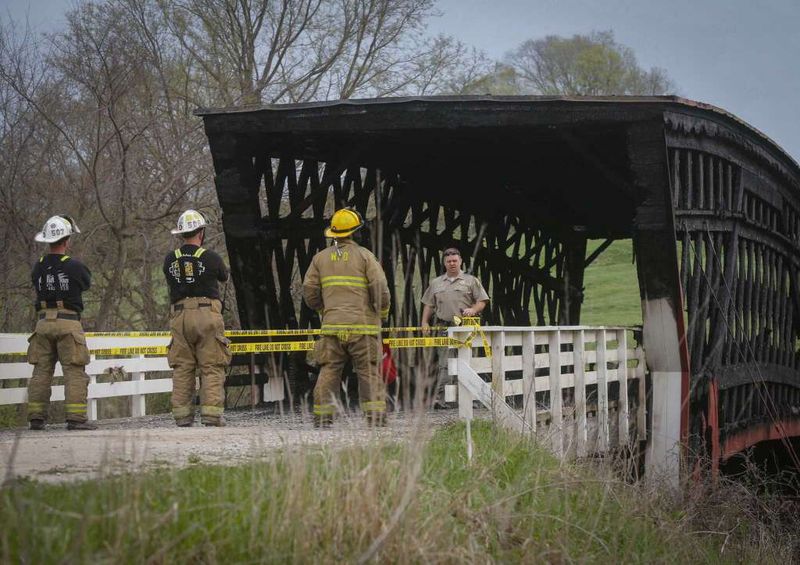
Cedar Bridge has faced devastating arson attacks twice, first in 2002 and again in 2017. While locals sometimes commit these crimes, the increased tourist traffic can attract troublemakers who see the bridges as targets.
Law enforcement now watches these sites more carefully because of the persistent threat. Fire can completely destroy a historic bridge in minutes, erasing over a century of history.
This criminal act represents the worst possible violation at these sites. Communities work hard to rebuild, but nothing replaces the original timbers and craftsmanship from the 1800s.
2. Graffiti and Defacing Historic Timber
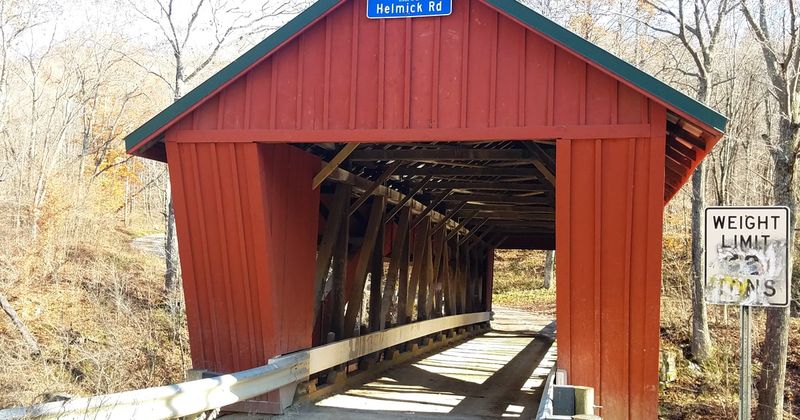
Carving your name into a covered bridge might seem harmless, but it’s actually criminal mischief. Visitors scratch initials, dates, and messages into the historic wooden trusses, causing permanent damage that costs thousands to repair.
Each carving weakens the wood and destroys the bridge’s historical integrity. What took skilled craftsmen months to build gets ruined in seconds by thoughtless tourists.
The wood is over 130 years old and irreplaceable. County workers spend countless hours trying to sand down or fill these scars, but the original surface can never be fully restored once damaged.
3. Climbing on Fragile Structures

Getting the perfect Instagram shot isn’t worth risking your life or damaging history. Tourists frequently climb onto bridge railings, exterior supports, and even roof structures, putting both themselves and the bridge at risk.
These bridges weren’t designed for modern climbing adventures. The timbers are fragile after more than a century of weathering, and added weight can cause serious structural damage or collapse.
People have fallen and gotten injured attempting these stunts. Respecting the barriers and staying on designated walkways protects both you and these precious landmarks from harm.
4. Exceeding Weight or Height Limits
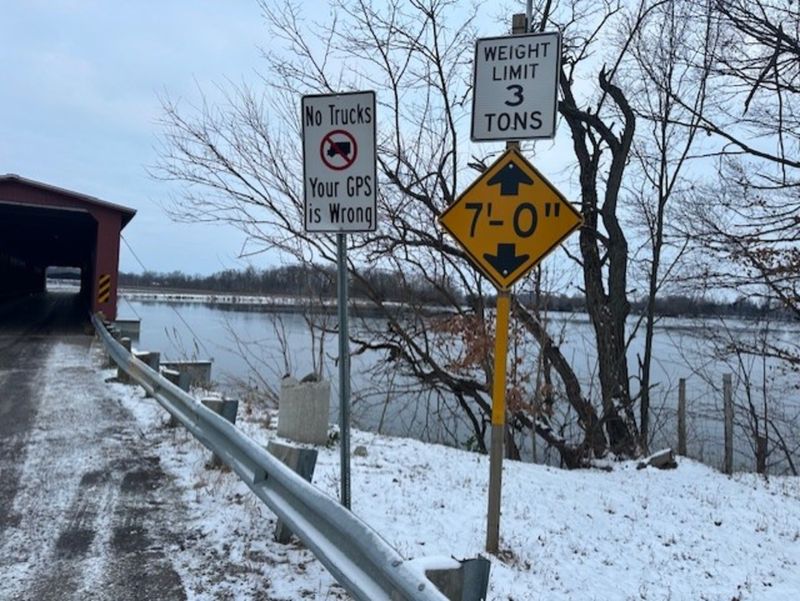
Cedar Bridge allows vehicle traffic, but strict weight and height limits exist for good reason. Tourists driving massive RVs or rental trucks sometimes ignore the posted warnings, thinking the old bridge can handle modern vehicles.
Exceeding these limits can crack support beams and damage the timber decking. The bridges were built for horse-drawn wagons, not heavy recreational vehicles weighing several tons.
One careless driver could cause structural failure that closes the bridge permanently. Always check posted restrictions before attempting to drive through, and find alternate routes if your vehicle exceeds the limits.
5. Illegal ATV and Off-Road Vehicle Use
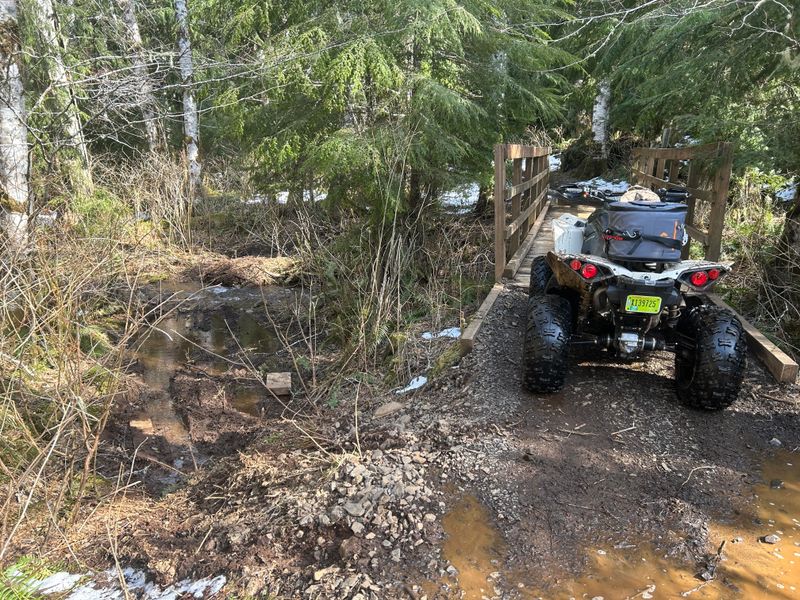
Some thrill-seekers think covered bridges make exciting off-road trails, but ATVs and recreational vehicles are strictly prohibited. The vibrations and weight from these machines can splinter the delicate timber decking and destroy floor supports.
Unlike paved roads, the wooden planks weren’t engineered for motorized recreational equipment. Even a single pass can leave permanent gouges and cracks that require expensive repairs.
County officials have caught tourists attempting this multiple times, especially at more remote bridge locations. Violators face hefty fines and potential criminal charges for damaging public property and ignoring posted regulations.
6. Parking and Traffic Obstruction
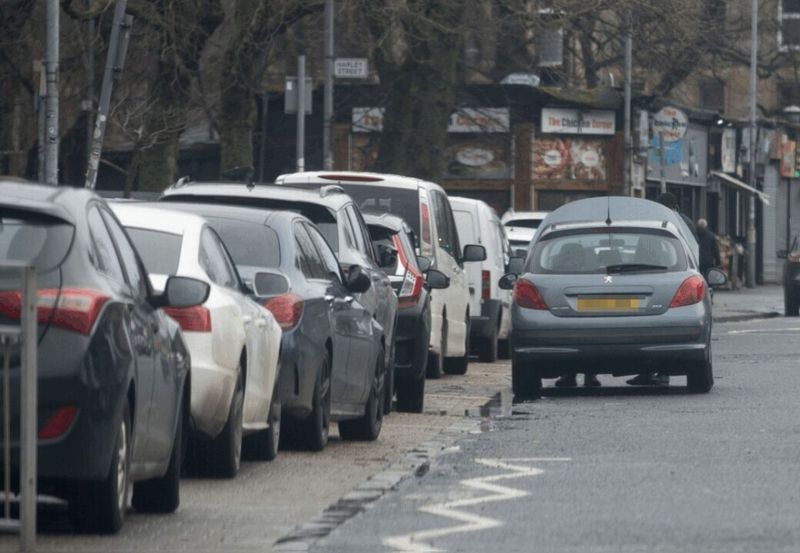
Picture this: a quiet country road suddenly jammed with tourist vehicles parked at crazy angles. Visitors desperate for photos leave cars blocking bridge entrances, sitting half on the road shoulder, or completely obstructing traffic flow.
Local farmers need these roads for equipment and livestock transport. Emergency vehicles also require clear access, and blocked roads can delay critical response times.
Designated parking areas exist near most bridges for a reason. Taking a few extra minutes to park properly shows respect for the community and keeps everyone safe while you enjoy your visit.
7. Leaving Excessive Trash and Litter
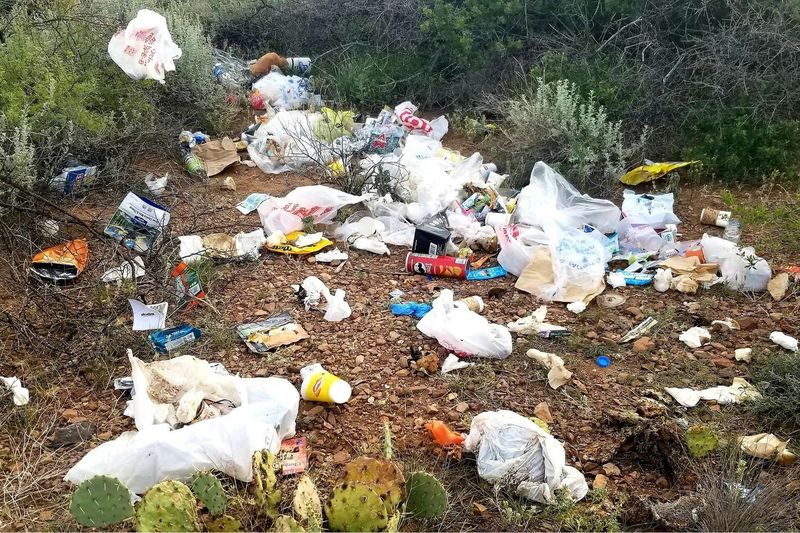
Popular bridges like Roseman turn into dumping grounds after busy tourist days. Visitors leave behind soda bottles, food wrappers, and picnic trash, transforming beautiful historic sites into eyesores.
County workers and volunteers spend hours cleaning up after careless tourists. The environmental impact extends beyond ugliness—wildlife can choke on plastic, and chemicals leach into nearby streams.
Carrying out your trash takes minimal effort but makes a massive difference. Pack a small bag for garbage, and leave the site cleaner than you found it so others can enjoy these treasures too.
8. Trespassing on Adjacent Private Land
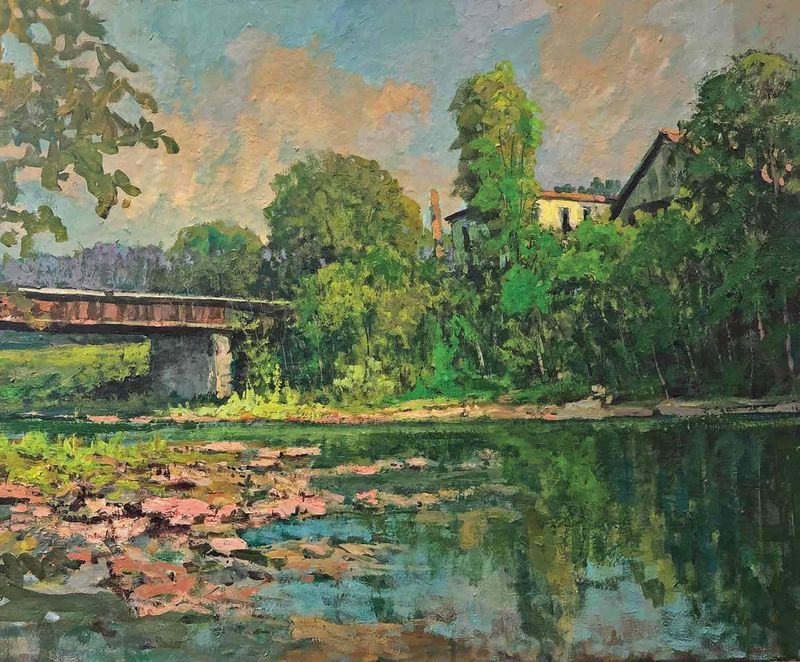
That perfect photo angle might require stepping onto someone’s farm, but doing so without permission breaks the law. Tourists regularly trespass on private ranches and farmland surrounding the bridges, causing conflicts with angry landowners.
Farmers deal with crop damage, livestock disturbance, and liability concerns when strangers wander their property. What seems like harmless exploring to tourists represents serious violations of property rights.
Always stay on public land and designated viewing areas. If you want a special shot, politely ask the landowner first—most appreciate the courtesy and might even suggest better spots you hadn’t considered.
9. Taking Souvenirs or Historic Materials
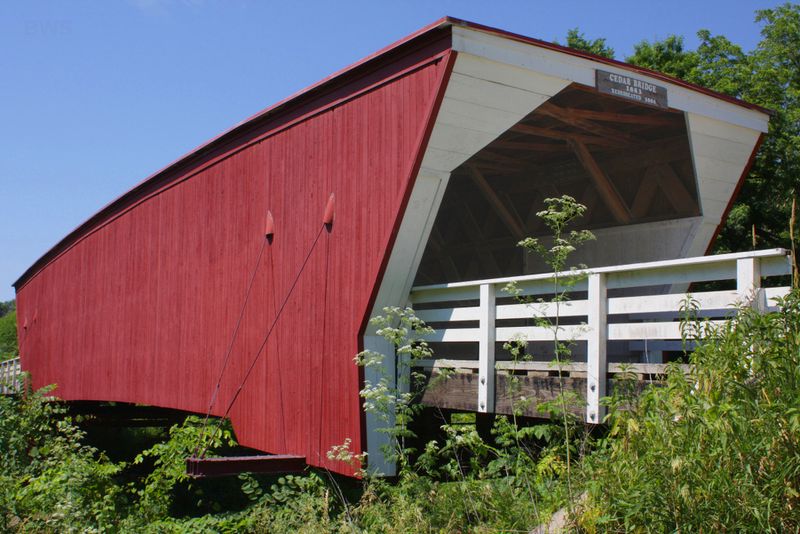
Some visitors think taking a small piece of wood or a rusty nail from a covered bridge makes a harmless keepsake. Unfortunately, removing any part of these historic structures is actually theft of public property and can result in fines or criminal charges. Iowa takes preservation seriously because these bridges are irreplaceable pieces of history.
Every nail, beam, and board matters when maintaining structural integrity. What seems like one tiny souvenir multiplied by thousands of tourists would quickly destroy the bridge. Rangers and local authorities actively monitor these sites and prosecute offenders.
Instead of taking physical pieces, capture your memories through photographs. Respect the bridge by leaving it exactly as you found it for others to enjoy.
10. Hosting Unauthorized Events and Gatherings
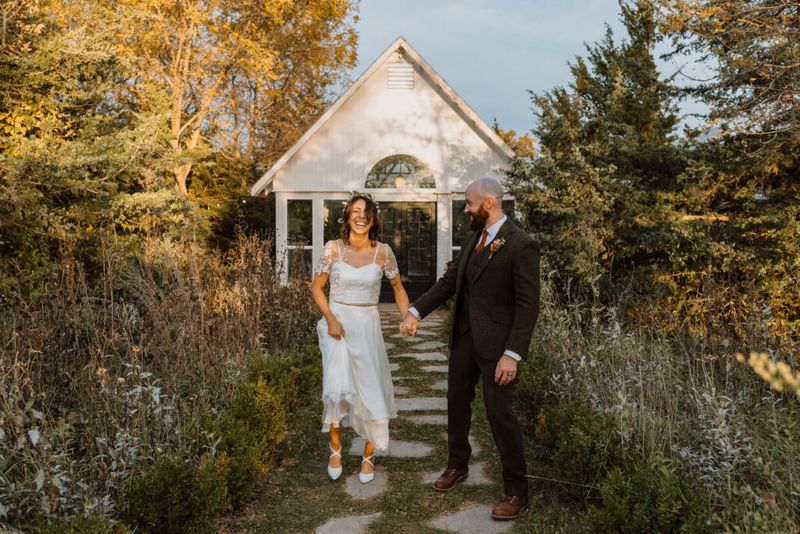
Covered bridges make picture-perfect backdrops for weddings, parties, and photo shoots, but hosting events without permission violates local ordinances. Many tourists assume these public spaces are free-for-all venues, yet most Iowa counties require permits for any organized gathering. Unauthorized events can lead to hefty fines and immediate removal from the property.
Large groups create safety hazards by blocking traffic and overcrowding delicate structures not designed for crowds. Decorations, equipment, and increased foot traffic accelerate wear and tear on already aging bridges.
Always contact the county parks department or historical society before planning any event. Obtaining proper permits ensures your celebration is legal, safe, and respectful of these treasured landmarks.
Dear Reader: This page may contain affiliate links which may earn a commission if you click through and make a purchase. Our independent journalism is not influenced by any advertiser or commercial initiative unless it is clearly marked as sponsored content. As travel products change, please be sure to reconfirm all details and stay up to date with current events to ensure a safe and successful trip.